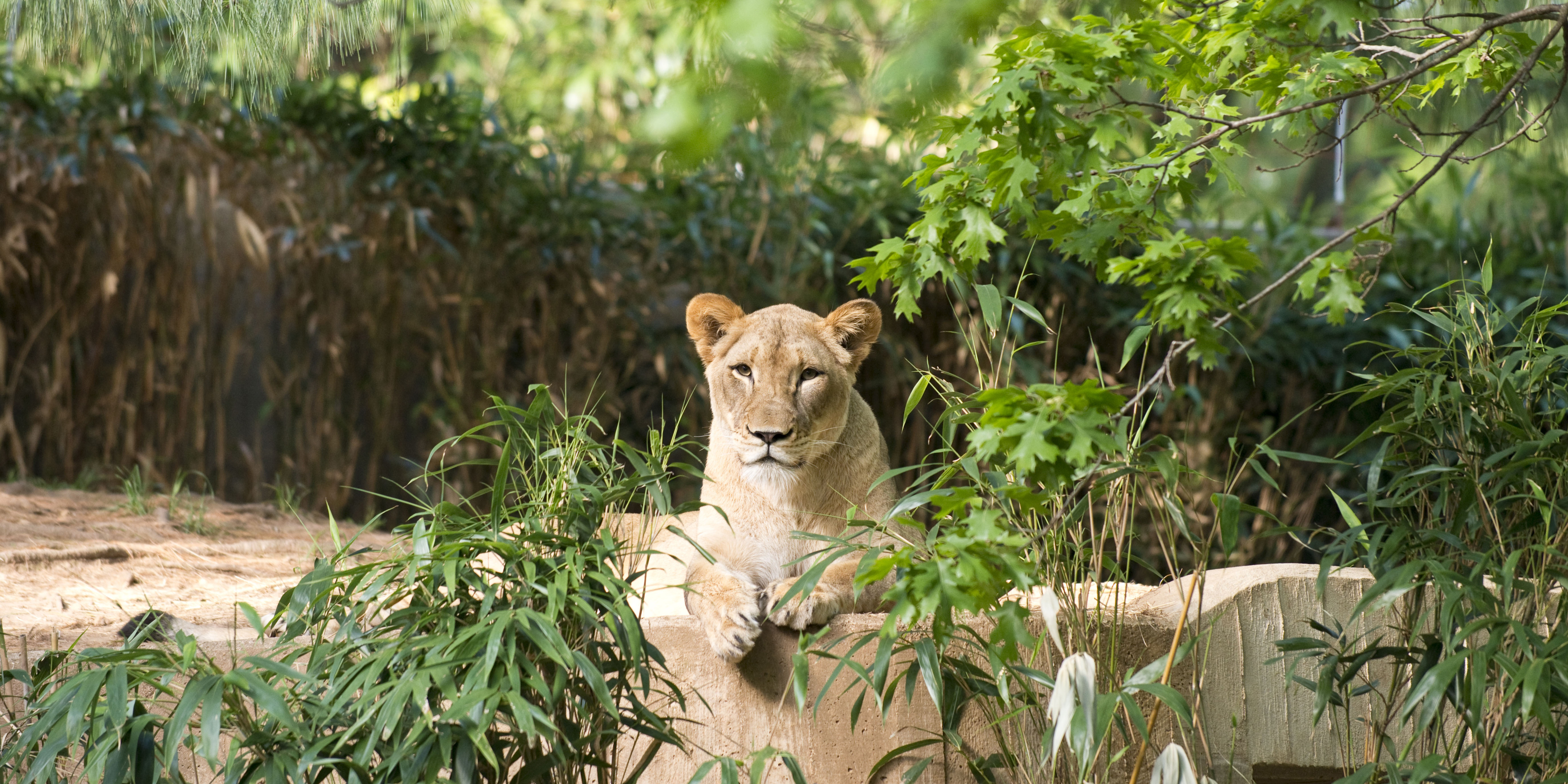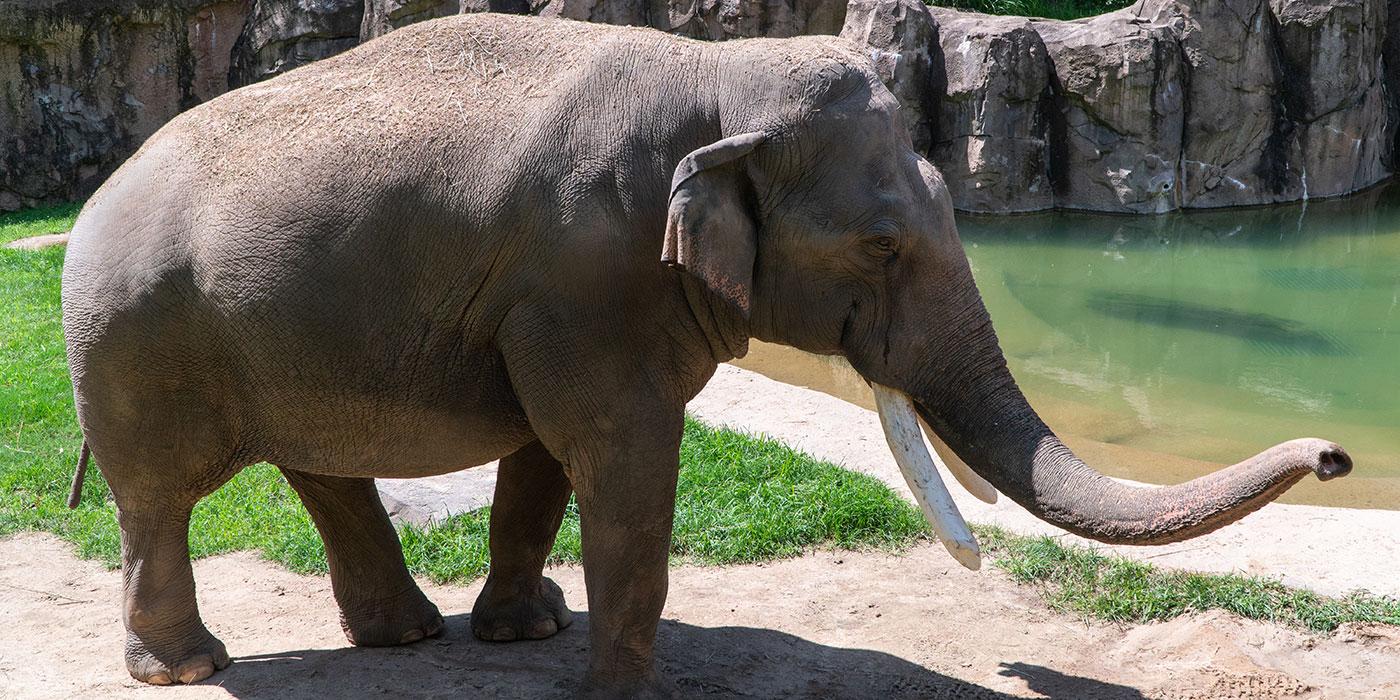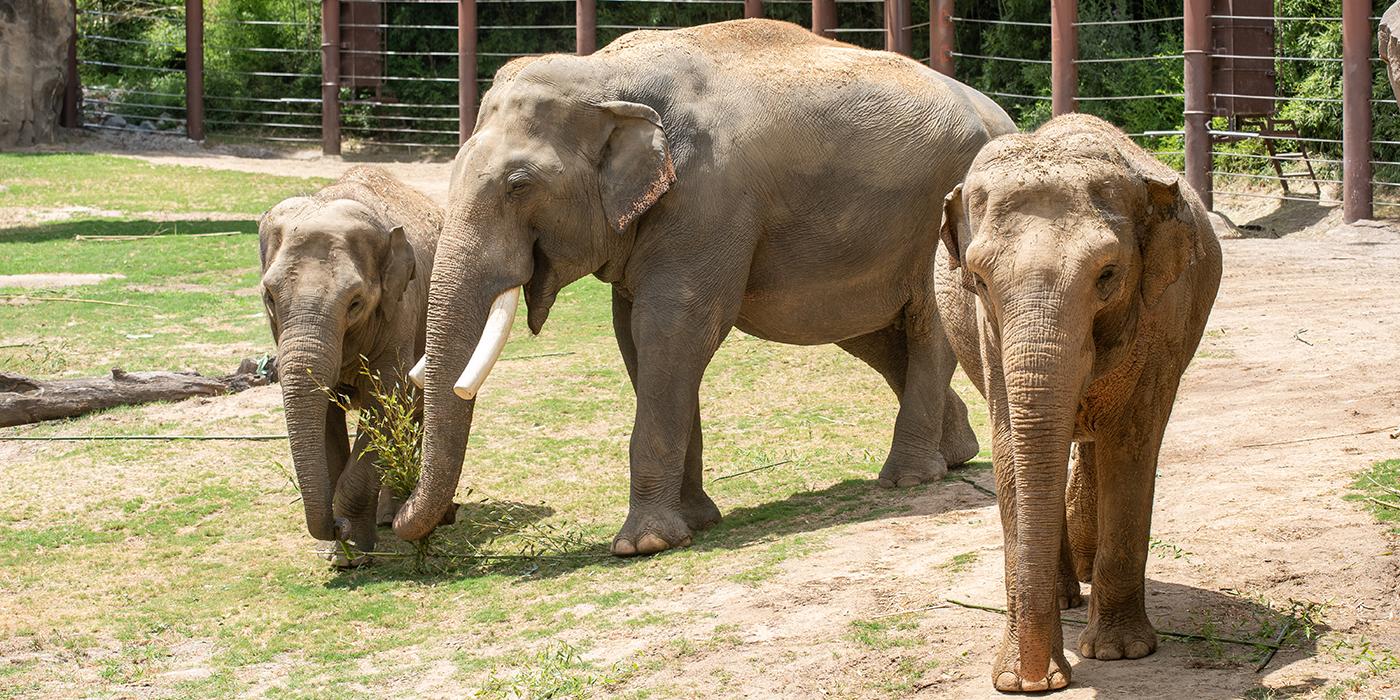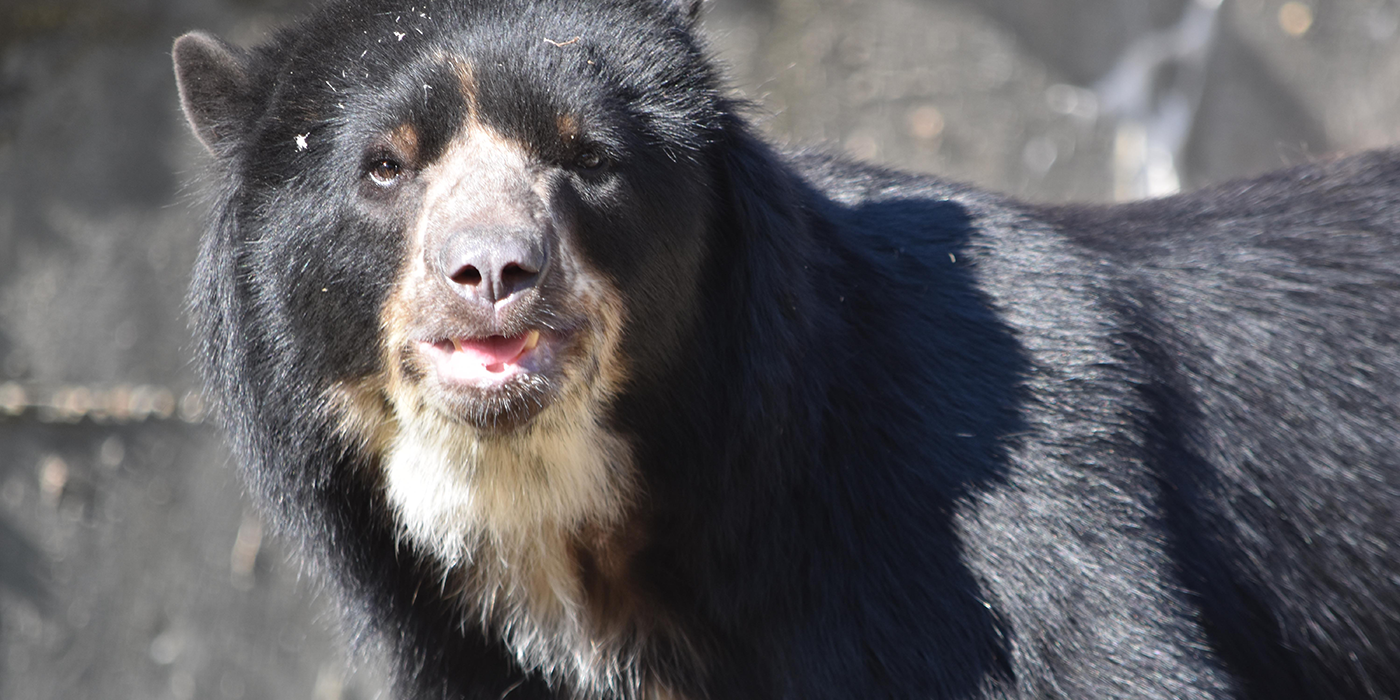How Do You Care for Animals That You Can’t Share a Space With?
How do you get an elephant to exercise, safely introduce two songbirds or prepare a cheetah for a veterinary exam? In this series, get an insider’s look at how animal keepers use activities, food, training and toys to care for the Smithsonian’s National Zoo’s animals. Find out how enrichment stimulates the senses, why training builds trust, and how keepers come up with new ways for animals to explore and use their natural behaviors each day.

From salamanders and porcupines to maned wolves and Asian elephants, we care for a wide range of species at the Smithsonian’s National Zoo and Conservation Biology Institute. While we can simply scoop up some animals for checkups, like our friendly three-banded armadillo, other species are more challenging. There are some animals that we never share a physical space with because their size, strength or natural behaviors could be hazardous for keepers and veterinarians.
It is important for animals (including large predators) to express their natural instincts, but staff safety is also key. One way we prioritize both is by working with some species — such as lions, tigers and gorillas — in a protected contact setting. Protected contact means there is always a physical barrier, such as fencing or steel mesh, between an animal and a person, including for training sessions, health checks and routine care. The only exception is if an animal is sedated by the veterinary team for a special exam.
So, how do we give a big cat or a 400-pound gorilla a checkup? We use training and positive reinforcement. During training sessions, we can use hand signals and verbal cues to ask an animal to voluntarily approach a barrier and turn a body part toward us. Many sessions start by asking an animal to move toward a target, such as a red sphere on the end of a stick. This is called target training. When the animal moves to the target, a reward helps to reinforce the good behavior. For lions, a training reward is often a chunk of meat.
Great Cats keeper Charlie Shaw works on target training with female African lion Shera.
It might surprise you to learn that we don’t share space with our herd of Asian elephants either. While elephants are known to be gentle giants, they have a hierarchical social structure and often display assertive behaviors, such as charging or trunk swinging. Those behaviors are OK for fellow elephants but could injure a human, due to an elephant’s sheer size and strength. On average, Asian elephants weigh 6,000-12,000 pounds and stand 6-12 feet tall at the shoulder.
We always work with our elephants in protected contact. Thanks to the ingenuity of our facilities team, the barriers between animals and keepers often have small windows where an animal can place a foot, trunk or other body part. These windows help us interact safely with our elephant herd. We can ask an elephant to present their ear for a blood draw or to show us their foot, so we can file their toenails.
Similarly, primate keepers trained western lowland gorilla Baraka to help them file his nails. For this training, keepers use their hands like targets. They hold up a hand, wait for Baraka to present his hand in response, and then point to his fingers. When Baraka participates in a training session, he is rewarded with nuts and pieces of fruit.
Now, you might ask, how do animals advance from following a target to presenting specific body parts like this? During training, we can gently touch part of an animal’s body with our target and pair that touch with a reward. This lets them know which body part we would like them to present. Next, we can begin to add distance by moving the target farther away. We often pair this with a verbal cue. For example, as we gently touch an animal’s foot with our target, we may say “foot.” Watch how we train elephant Rani to present her foot:
By starting with slow, successful approximations, an animal can learn to move any body part to a specific location. Today, Rani can present her head, trunk, foot, foot pad and side. We can draw blood samples from her ear, bathe her, give her pedicures for healthy feet, administer vaccine injections, examine her eyes and ears, and more.
Recently, we have started training Rani for foot X-rays, and she has been doing very well. For the veterinary team to take radiographs, Rani needs to keep her foot very still on an X-ray plate. She is a high-energy, animated elephant, so sitting still is not always easy. Target training helps to remind her to keep her foot steady.
Watch as Asian elephant Rani presents different body parts in this training session.
Training helps us build trusting relationships with the animals we work with. While we use target training with animals all around the Zoo, it is especially useful in protected contact. It enables us to listen to an orangutan's heartbeat, give an aging lion deep-tissue laser therapy or check on a bear’s claws and foot pads.
We can examine a Sumatran tiger’s teeth, take a blood sample from a giant panda, and even weigh a cassowary — one of the most dangerous birds. Training makes all these things possible. It allows us to communicate and interact with animals that we can’t share space with, so we can safely and effectively care for them just like any other Zoo animal.
This story was featured in the May 2021 issue of National Zoo News. The Smithsonian’s National Zoo is temporarily closed to help prevent the spread of COVID-19 and will reopen May 21, 2021. Our whole team works diligently to care for our animals and keep you connected to the Zoo. With your support, our conservation mission continues. If you can, please join us in this important work by making a donation today. On behalf of the animals we care for and work to protect: thank you.




